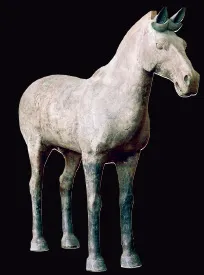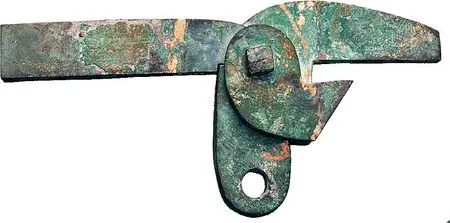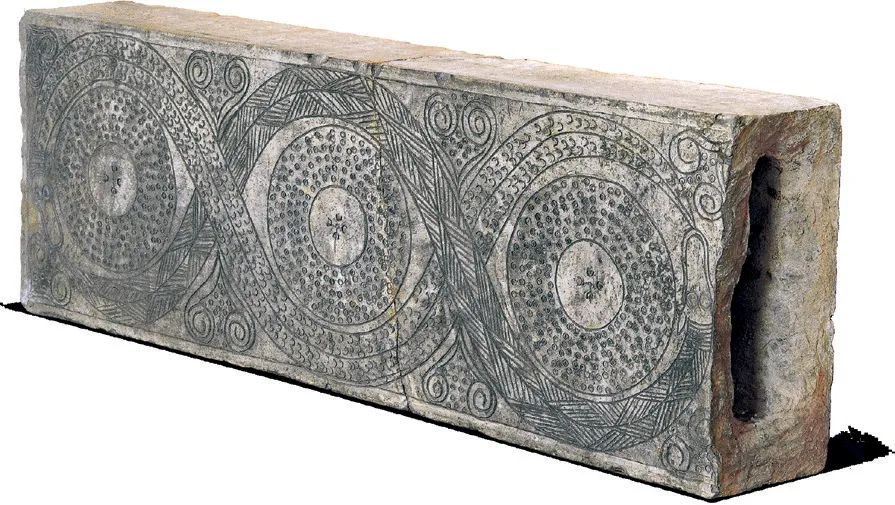Chinese Cultural Relics from the Qin Dynasty
In 221 B.C.,the state of Qin,located in western China,finally annexed the six eastern states,putting an end to the long-standing separatist rule of vassal states and thus establishing the first unified multi-ethnic empire in Chinese history,with its capital in Xianyang (today’s Xianyang City in Shaanxi Province).
THE Qin Dynasty established a centralized autocracy and a vertical government system of prefectures and counties throughout the country;standardized the writing system,currency,weights,and measures;and oversaw a large-scale construction of what then became the first Great Wall.
The basic administrative system established by the Qin became a template for all subsequent Chinese dynasties for the next two millennia,and laid the foundation for China’s long-term unification.



Terracotta warriors and horses serving as burial objects to accompany Emperor Qin Shihuang to the afterlife were unearthed in 1974 at Qinshihuang’s mausoleum in Lintong County,Shaanxi Province.

Bronze trigger mechanism,a weapon from the Qin Dynasty,was unearthed at Emperor Qin Shihuang’s mausoleum in Lintong County,Shaanxi Province in 1974.
The bamboo book,Chronicle of Events,written on 53 bamboo slips,contains 550 characters,most of which are legible.Originally it did not have a title,and mainly recorded the wars and other events of Qin from 306 B.C.,the first year of the reign of King Zhaoxiang of State Qin to 217 B.C.,the fourth year of the reign of Emperor Qin Shihuang.Some of the records are consistent with relevant records in history literature,while some others can be helpful supplements to history books.It also contains something resembling a chronology.The bamboo book provides valuable information for the study of the Qin Dynasty’s military,politics,and calendar,and is the earliest manuscript of a history book in China.
In addition to the first,second,and third terracotta army pits discovered since 1974,there is Pit 4 which has not yet been fully excavated.Calculated from excavated data,there are more than 8,000 terracotta warriors and horses in the three pits,including 130 chariots,500 horses to draw the chariots,110 saddled horses comprising the cavalry,and 7,000 warriors of all kinds.The terracotta figures and horses are life-size.All these are an epitome of the great Qin army.
In the preceding Warring States period,fortifications were built in the interior border used in the north against the intrusion of the neighboring states and the northern nomads.In 215 B.C.,Emperor Qin Shihuang sent an army of 300,000 soldiers led by General Meng Tian to combat the huns in the north.After recapturing an area south of the hetao area (at the top of the Great Band of the Yellow River in present Inner Mongolia and Ningxia),the Qin connected sections of earlier fortifications to form a united defence system called the Great Wall,stretching from Lintao (now Minxian County of Gansu Province) in the west to the eastern and southern part of today’s Liaoning Province.After construction by successive generations,the magnificent Great Wall has become one of the greatest construction projects in world history.

A hollow brick inscribed with dragon patterns is a construction material that was unearthed in the suburb of Xianyang City,Shaanxi Province between 1974 and 1975.

